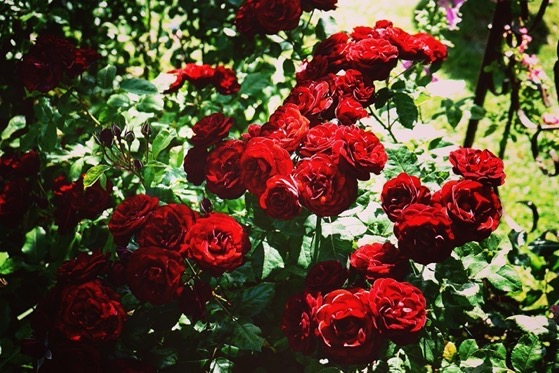John Shaw’s Guide to Digital Nature Photography
As regular readers have probably noticed, photography is an ever growing part of my life and nature photography in particular. While I am not chasing wildlife around the world, I do love photographing plants, flowers and scenic views. With these interests in mind, I was so glad when I saw this book was available from Blogging for Books, a service that provides free review copies to bloggers. I have spent the last several months dipping into the book whenever I had time and then giving some time to let the lessons seep in.
First, as it should be with any book on photography, the photographs included in the book are beautiful, but also explanatory and good examples of each concept being discussed. A picture is worth a thousand worlds might be a cliche, but in a photography book, photos are worth much, much more than just a thousand.
Digital Nature Photography takes you clearly through each step in the photography process from choosing your camera, properly setting it up to work the best it can — touching on subjects like proper white balance, RAW vs JPEG file storage, setting your autofocus and much more. When reading this section of the book, I st with my camera and camera manual close at hand and worked through each setting as it was discussed. I think this allowed me to get the most out of every bit of advice Shaw was offering. Shaw is careful to show when their were different names for features in the ubiquitous Nikon and Canon camera worlds, even with my Olympus Micro Four-Thirds camera, the feature names were similar enough to allow me to apply the settings, even if I did have to be a bit creative in locating some feature settings. The gear discussion also includes clear and detailed advice on accessories like tripods, lenses, filters, flashes and more. The writing is clear and straightforward with good examples of the pros and cons of each option.
Next comes some great guidance on exposure, aperture and ISO that all photographers need to learn and apply. Shaw gets direct and practical examples of how each effects your photographs and provides clear and specific examples of when you might want to alter these settings such as shooting birds as opposed to other wildlife or scenic subjects. There is so much information here, I am still trying to process and apply it all. I figure it will take me a few more reads through the book before I can glean and apply everything I have learned.
The sections on Composition and Closeup turn away from the more technical aspects of the early sections and seek to explore the artistic side of photography. Here again are great example photographs illustrating each topic such as Learning to see Photo-graphically, Lighting Changes, and Vertical vs. Horizontal format and framing. The section on Closeups delves into focusing issues (one of my biggest problems, Macro lenses, creating good backgrounds to your closeups and more.
John Shaw’s Guide to Digital Nature Photography is a great book which can help any photographer jumpstart their growth from someone who takes simple, casual, snapshots to a photographer who creates beautiful, artistic photography.
Recommended
From Amazon.com…
JOHN SHAW is the author of many enduring bestsellers, including seven previous books on nature photography. His work is frequently featured in National Geographic, Nature’s Best, National Wildlife, Outdoor Photographer, Natural History, Sierra, and Audubon magazines, as well as in calendars, books, and advertisements. He has photographed on every continent, from the Arctic to the Antarctic, and leads sold-out workshops around the globe. Visit him at johnshawphoto.com.


